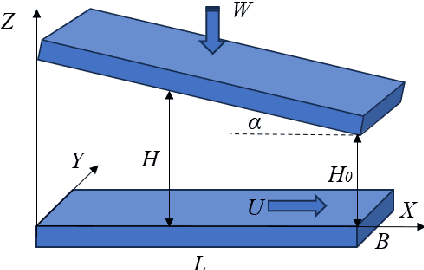Multiscale lubrication simulation based on fourier feature networks with trainable frequency
Paper and Code
May 21, 2024



Rough surface lubrication simulation is crucial for designing and optimizing tribological performance. Despite the growing application of Physical Information Neural Networks (PINNs) in hydrodynamic lubrication analysis, their use has been primarily limited to smooth surfaces. This is due to traditional PINN methods suffer from spectral bias, favoring to learn low-frequency features and thus failing to analyze rough surfaces with high-frequency signals. To date, no PINN methods have been reported for rough surface lubrication. To overcome these limitations, this work introduces a novel multi-scale lubrication neural network architecture that utilizes a trainable Fourier feature network. By incorporating learnable feature embedding frequencies, this architecture automatically adapts to various frequency components, thereby enhancing the analysis of rough surface characteristics. This method has been tested across multiple surface morphologies, and the results have been compared with those obtained using the finite element method (FEM). The comparative analysis demonstrates that this approach achieves a high consistency with FEM results. Furthermore, this novel architecture surpasses traditional Fourier feature networks with fixed feature embedding frequencies in both accuracy and computational efficiency. Consequently, the multi-scale lubrication neural network model offers a more efficient tool for rough surface lubrication analysis.
 Add to Chrome
Add to Chrome Add to Firefox
Add to Firefox Add to Edge
Add to Edge